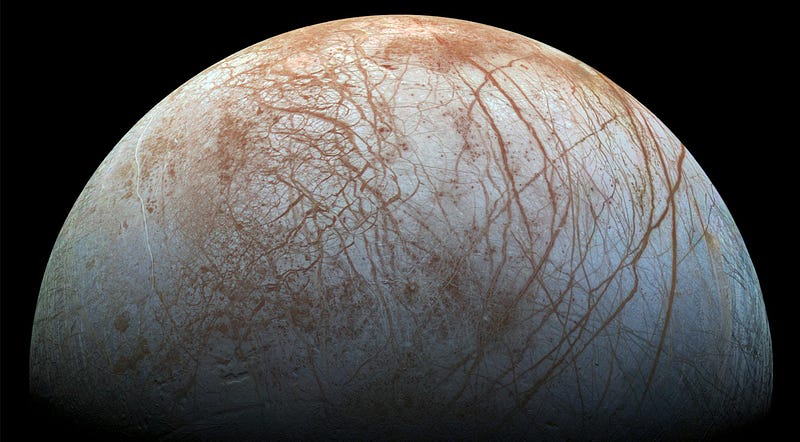Exploring Life on Moons of Rogue Planets: New Insights
Written on
The Potential for Life Beyond Stars
When searching for extraterrestrial life, the focus traditionally lies on planets within established solar systems. However, a recent study by researchers from Germany and Chile presents a captivating alternative: rogue planets, which drift freely through space, may host life not on the planet itself, but rather on their moons.
According to existing data, there is a staggering number of rogue planets in our galaxy, with estimates suggesting around 50 billion such bodies exist in the Milky Way. Notably, astronomers observed one of these wandering planets last year. A critical question arises: How could a planetary system without a star generate enough warmth to sustain life as we know it? The answer, as highlighted in the International Journal of Astrobiology, lies in gravity.
Gravity's Role in Habitability
Massive gas giants, like Jupiter, exert tremendous gravitational force on their moons. For instance, Jupiter's gravitational pull deforms the surfaces of its moons, leading to tidal heating that keeps them warm enough to harbor subsurface oceans. This raises the question: could rogue planets offer a similar environment?
The research team simulated the conditions of Jupiter-like planets paired with Earth-sized moons. Their models indicated that these rogue moons could potentially support life. While the water available would be significantly less—about 10,000 times less than Earth's—there may still be enough to support minimal forms of life.

Challenges and Possibilities for Life
For a rogue moon to sustain its warmth, it would require an atmosphere rich in carbon dioxide—at least 90%—to maintain heat from tidal forces. However, the absence of a star poses challenges for complex biochemical processes. The researchers propose that cosmic rays might play a role similar to that of solar energy, potentially kickstarting necessary chemical reactions.
While these ideas remain speculative, the current understanding of planetary science supports the theory that some rogue exoplanets may indeed host moons, known as “exomoons.” Although the conditions on these moons might seem harsh, they could be suitable for organisms that adapt to such environments.
Further Reading
- There May Be 50 Billion Rogue Planets in Our Galaxy
- Scientists Find Planet Where It Rains Molten Rock
- Mysterious ‘Rogue Planet’ Roams the Stars Alone, Not So Far From Earth